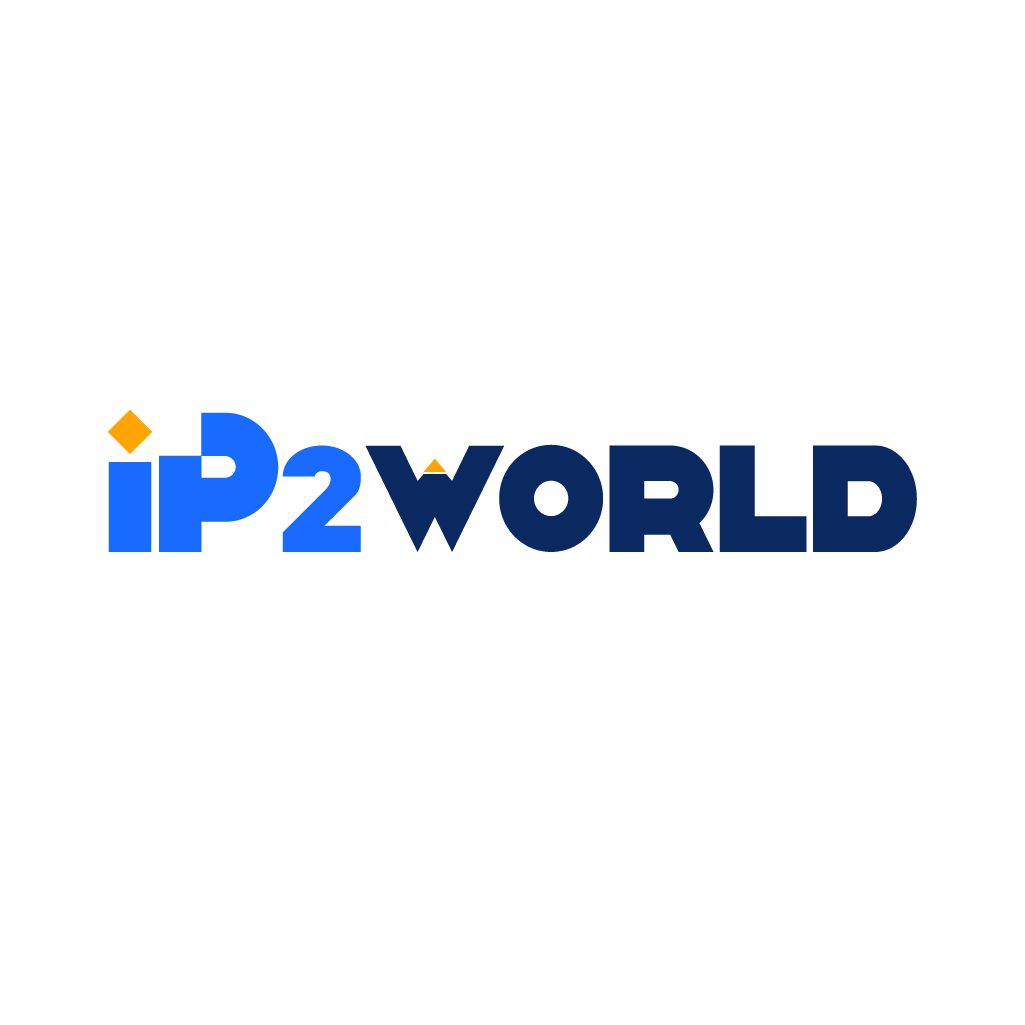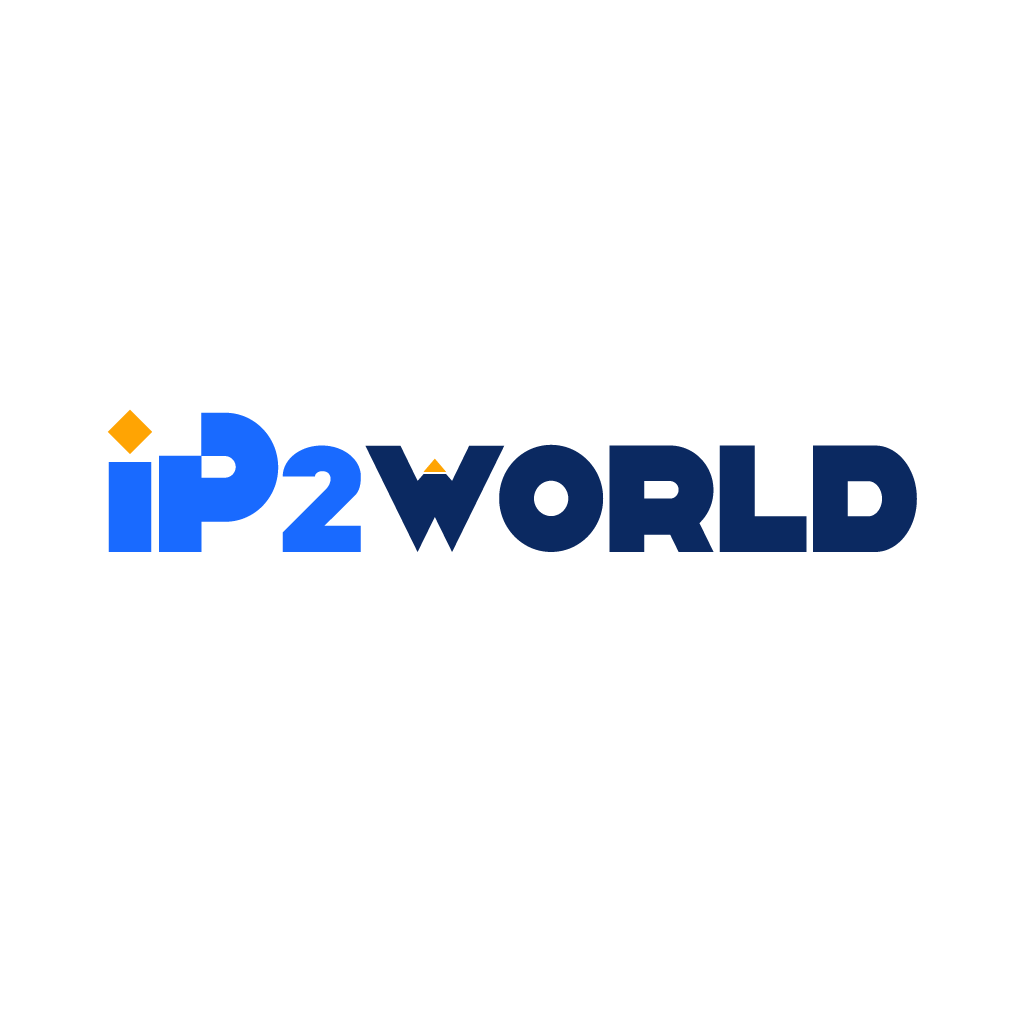Introduction In the bustling ecosystem of digital marketing, the metrics of "reach" and "impressions" emerge as navigational tools, guiding marketers through the intricate paths of audience engagement and content proliferation. These metrics are not just statistical figures; they are a reflection of a brand's resonance and its persistent echo in the digital marketplace. As we navigate through this complex terrain, it's essential to delineate these metrics distinctly, to sculpt strategies that don't just reverberate but resonate profoundly. From understanding the foundational role of reach in brand awareness to unraveling the complexities that surround impressions, we delve deep, offering a panoramic view of these pivotal markers. Along this journey, we also ponder upon the nuanced strategies that prioritize quality over quantity, transforming mere visibility into meaningful engagement. Detailed Definition and Comparison of Reach vs. Impressions: Reach, in the digital realm, acts as your compass, directing you towards the expanse of your online visibility. When we talk about reach, we refer to the singular exposure of your content or advertisement to a user. It’s your digital handshake – the first instance where a user encounters your message. Picture a seminar: if you’re told the 'reach' of your seminar was 1,000, it implies 1,000 individual attendees heard your speech, each for the first time. Impressions, however, delve into a narrative that underscores repetition and recall. Imagine every time your seminar's pamphlet gets handed out or glanced at — that's an impression. This metric doesn't concern itself with whether it's the same person viewing your content multiple times or different individuals. So, in a scenario where your pamphlet is seen five times by one attendee, you've achieved a singular reach but garnered five impressions. It underscores not just the introduction but the reinforcement of your message. Discussion on the Importance of Reach in Brand Awareness, with a Caveat: In the grand theatre of brand marketing, reach stands tall as the stage that sets the scene. It serves as the foundation, giving brands a platform to project their voice and establish a connect. The undeniable thrill of knowing thousands or even millions have seen your content is exhilarating. However, this is where marketers need to tread with caution. While reach is the spotlight that shines on your brand, it's imperative that this light shines on an audience that matters. Casting a shadow everywhere might seem impactful, but what if it's not casting where it truly matters? For instance, a high-end luxury brand might have a reach in the millions, but if a significant portion of that reach is individuals who can't resonate with luxury products, then resources are not just being wasted—they're being misallocated. The real allure isn't just in being seen; it's in being seen by the right eyes. Thus, reach should not just be a play of numbers but should pivot around strategic relevance, ensuring that your message is not just wide-spread, but also well-received. How Impressions Play a Role in Digital Marketing: In the tapestry of digital marketing, impressions emerge as the recurrent stitches that hold the design together. These are the silent reminders, the repetitive nudges that your content gives to users as they navigate their online journey. Think of them as footprints; the more footprints you have, the more traveled your path is. However, it's worth pondering: are these footprints from the same traveler or different ones? This is where the conundrum arises. While a trail of footprints suggests a path frequently taken, it doesn’t necessarily indicate its popularity among a diverse group. Hence, while impressions can trumpet the efficacy of your distribution, they require the companion metric of reach to paint the full picture. Only then can marketers discern if they are echoing within a limited chamber or broadcasting across a vast hall. Is Reach Overrated? Targeting the Right Audience Over Sheer Volume: The modern digital realm resembles a bustling bazaar: colorful, noisy, and teeming with life. Here, merely having a loud voice won't guarantee an attentive audience. This is the quandary with reach. While broadening one's horizons and being visible to a vast multitude is enticing, it's the alignment of this visibility with purpose and interest that determines real success. Imagine you're a jeweler specializing in exquisite, handcrafted pieces. Shouting out your offerings to the entire marketplace might get you noticed, but it's the connoisseurs and enthusiasts who will truly appreciate your craft. In this context, the emphasis must evolve. Instead of sheer volume, precision targeting becomes paramount, ensuring not just visibility, but meaningful interactions. Expert Opinion: In the complex dance of digital marketing, it's not just about knowing the steps (metrics) but understanding the rhythm (audience). Metrics like reach and impressions serve as the basic choreography. Still, the elegance and impact of the performance derive from aligning these steps with the audience's expectations and interests. An adept marketer recognizes that while these metrics lay the foundation, the edifice of a triumphant campaign is built on the bedrock of audience understanding. By zeroing in on the consumer's persona, desires, and pain points, every digital interaction can be made to echo with purpose and intent. This strategic alignment ensures not just that your message is seen, but that it engages, resonates, and compels action. Conclusion Navigating the intricate corridors of the digital realm is akin to choreographing a meticulous dance where the right moves can craft a captivating narrative. The metrics of reach and impressions stand as two pillars, guiding marketers in orchestrating campaigns that resonate on multiple levels. However, the true mastery lies in moving beyond mere numbers, in crafting narratives that align with the intrinsic rhythms of the target audience. It's about fostering connections that are not just broad but deep, transforming transient interactions into enduring engagements. As we steer through the vibrant digital bazaar, the focus shifts from the echoing hallways to intimate conversations, creating spaces where every message not just reaches, but touches, connects, and inspires action. Through a holistic comprehension of these metrics, infused with a nuanced understanding of audience personas, digital marketing transforms into an art, crafting stories that are not only seen and heard but felt and cherished.
2023-09-06





